Access Denied
IMPORTANT! If you’re a store owner, please make sure you have Customer accounts enabled in your Store Admin, as you have customer based locks set up with EasyLockdown app. Enable Customer Accounts
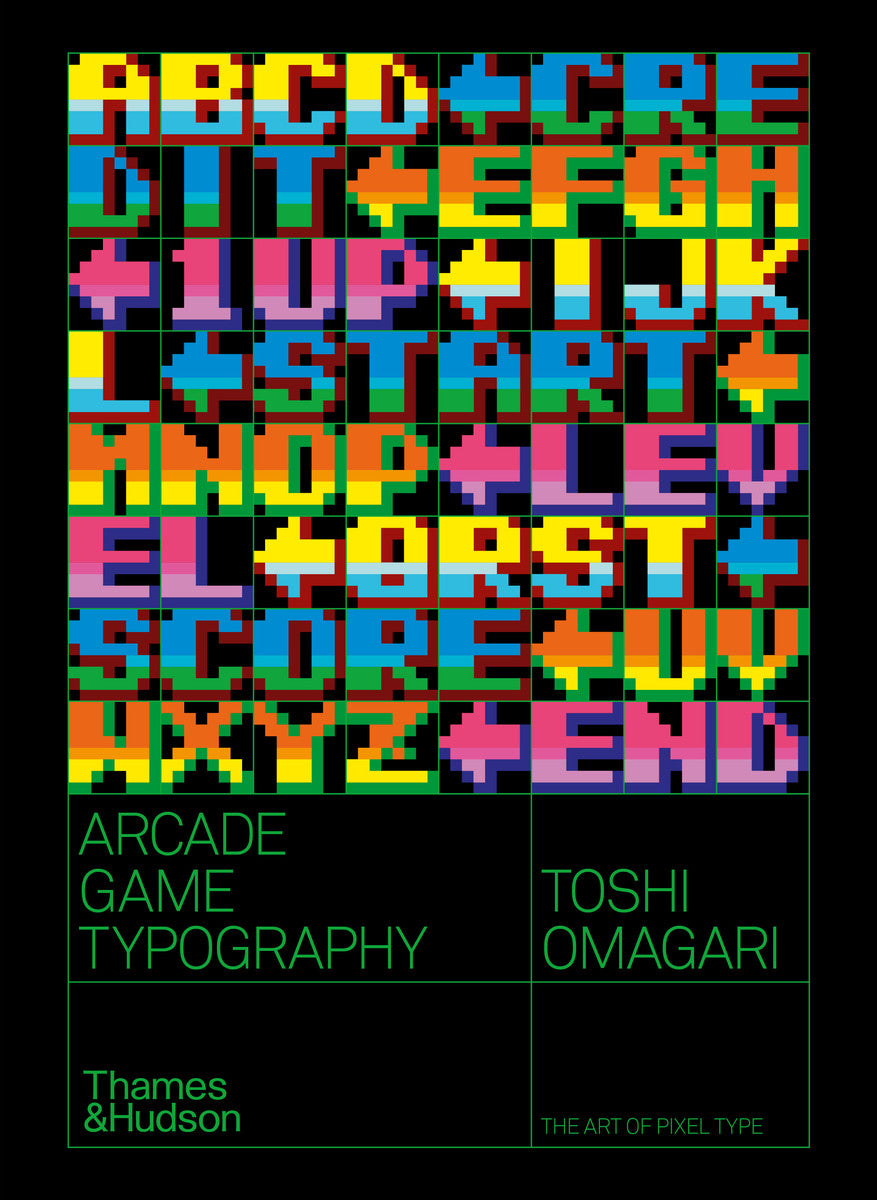
Arcade Game Typography
The Art of Pixel Type
Out of Stock- Regular price
- $43.99
- Sale price
- $43.99
- Regular price
-
- Unit price
- / per
The first book of its kind - a definitive and beautifully designed survey of 70s, 80s and early 90s arcade video game pixel typography
Arcade Game Typography presents readers with a fascinating new world of typography - the pixel typeface. Video game designers of the 70s, 80s and 90s faced colour and resolution limitations that stimulated incredible creativity: with letters having to exist in an 8x8 square grid, artists found ways to create expressive and elegant character sets within a tiny canvas.
Featuring pixel typefaces carefully selected from the first decades of arcade video games, Arcade Game Typography presents a previously undocumented 'outsider typography' movement, accompanied by insightful commentary from author Toshi Omagari, a Monotype typeface designer himself, and screenshots of the type in use. Exhaustively researched, this book gathers an eclectic typography from hit games such as Super Sprint, Pac-Man, After Burner, Marble Madness, Shinobi, as well as countless lesserknown gems. The book presents its typefaces on a dynamic and decorative grid, taking reference from high-end type specimens while adding a suitably playful twist. Unlike print typefaces, pixel type often has bold colour 'baked in' to the characters, so Arcade Game Typography looks unlike any other typography book, fizzing with life and colour.
Featuring pixel typefaces carefully selected from the first decades of arcade video games, Arcade Game Typography presents a previously undocumented 'outsider typography' movement, accompanied by insightful commentary from author Toshi Omagari, a Monotype typeface designer himself, and screenshots of the type in use. Exhaustively researched, this book gathers an eclectic typography from hit games such as Super Sprint, Pac-Man, After Burner, Marble Madness, Shinobi, as well as countless lesserknown gems. The book presents its typefaces on a dynamic and decorative grid, taking reference from high-end type specimens while adding a suitably playful twist. Unlike print typefaces, pixel type often has bold colour 'baked in' to the characters, so Arcade Game Typography looks unlike any other typography book, fizzing with life and colour.
Extent: 272 pp
Format: Paperback
Illustrations: 408 illustrations, 306 in full colour
Publication date: 2019-10-10
Size: 23.3 x 17.3 cm
ISBN: 9780500021743
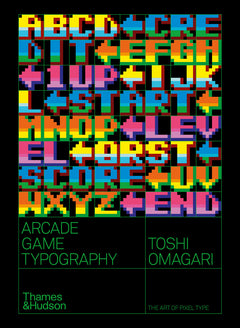
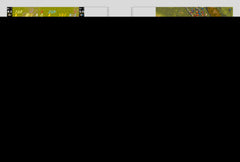
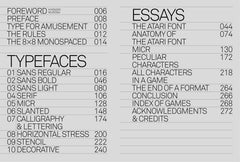
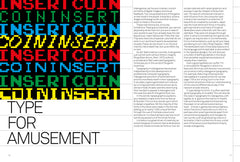
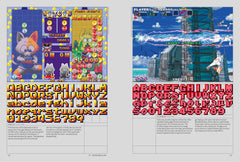
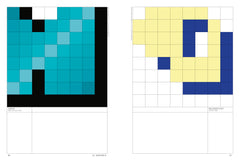
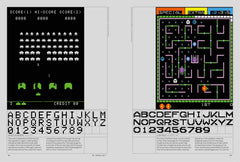

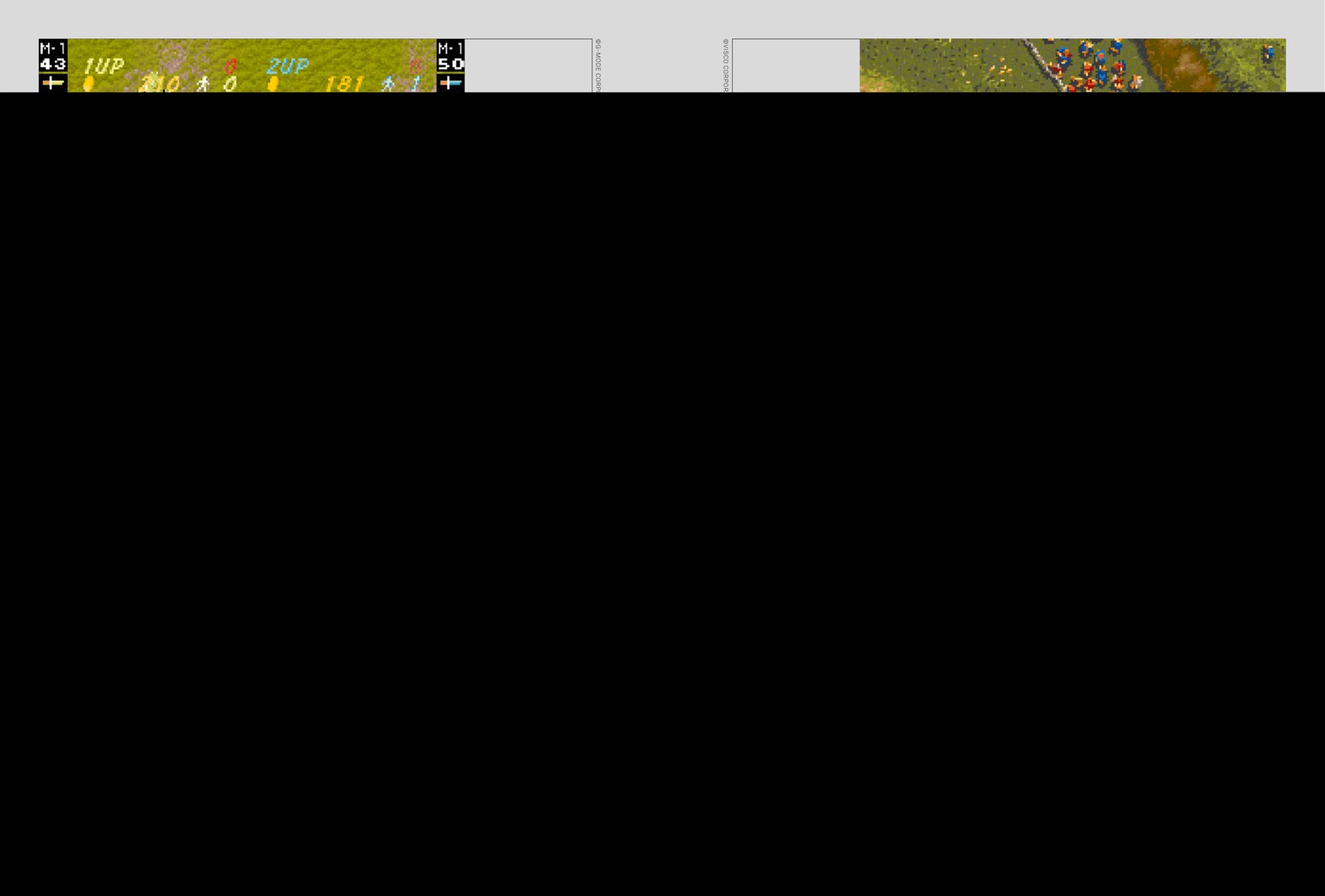
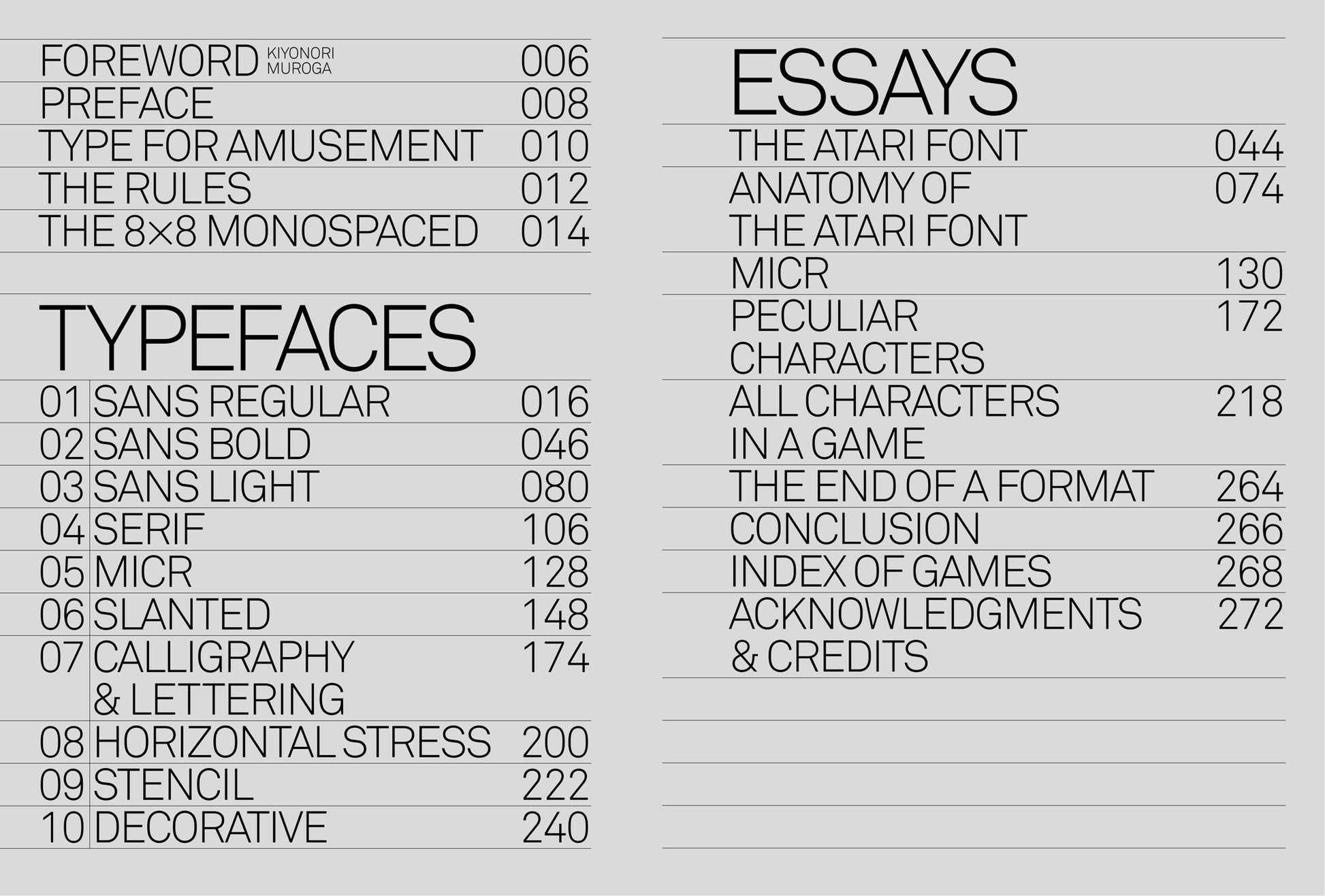
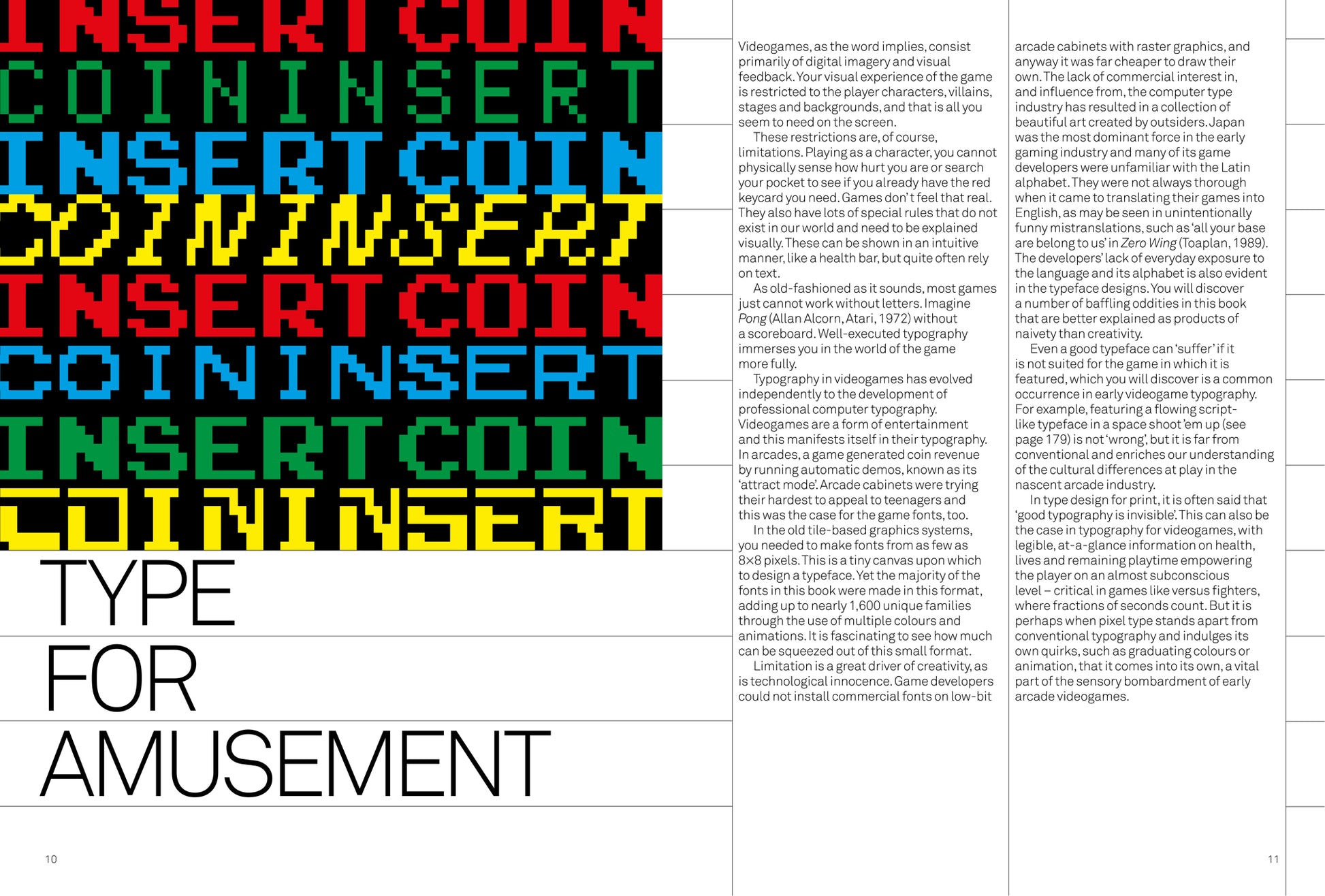
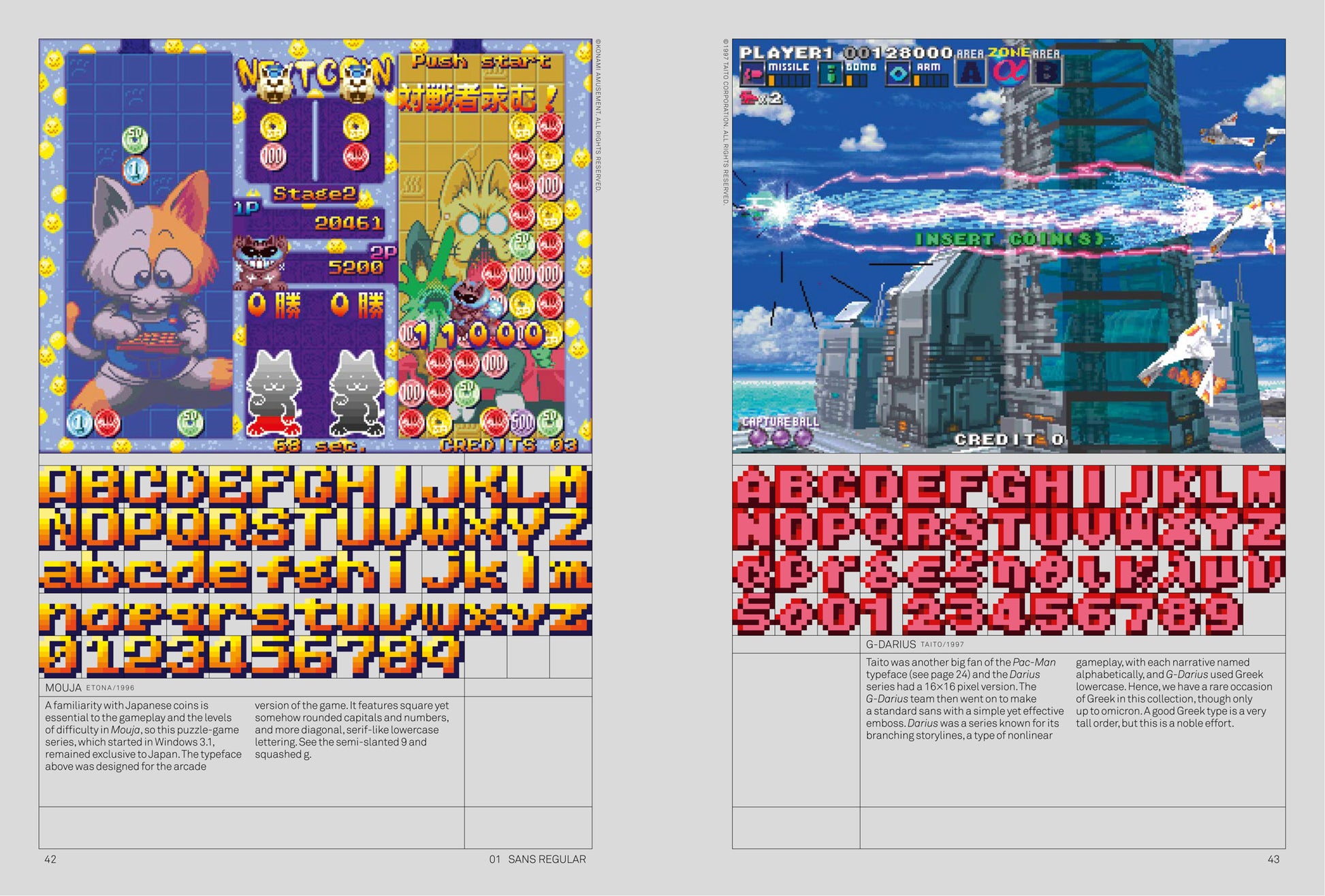
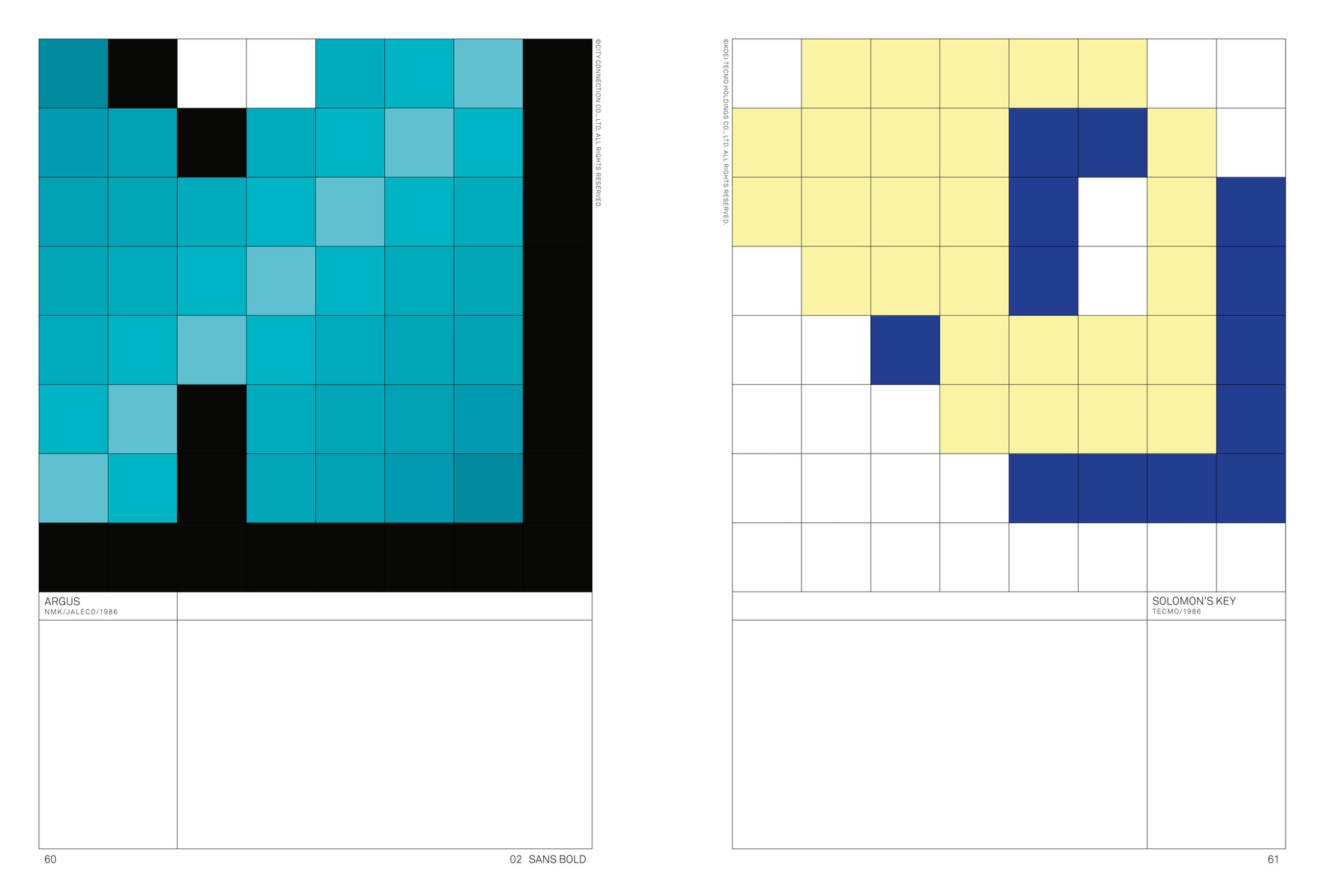
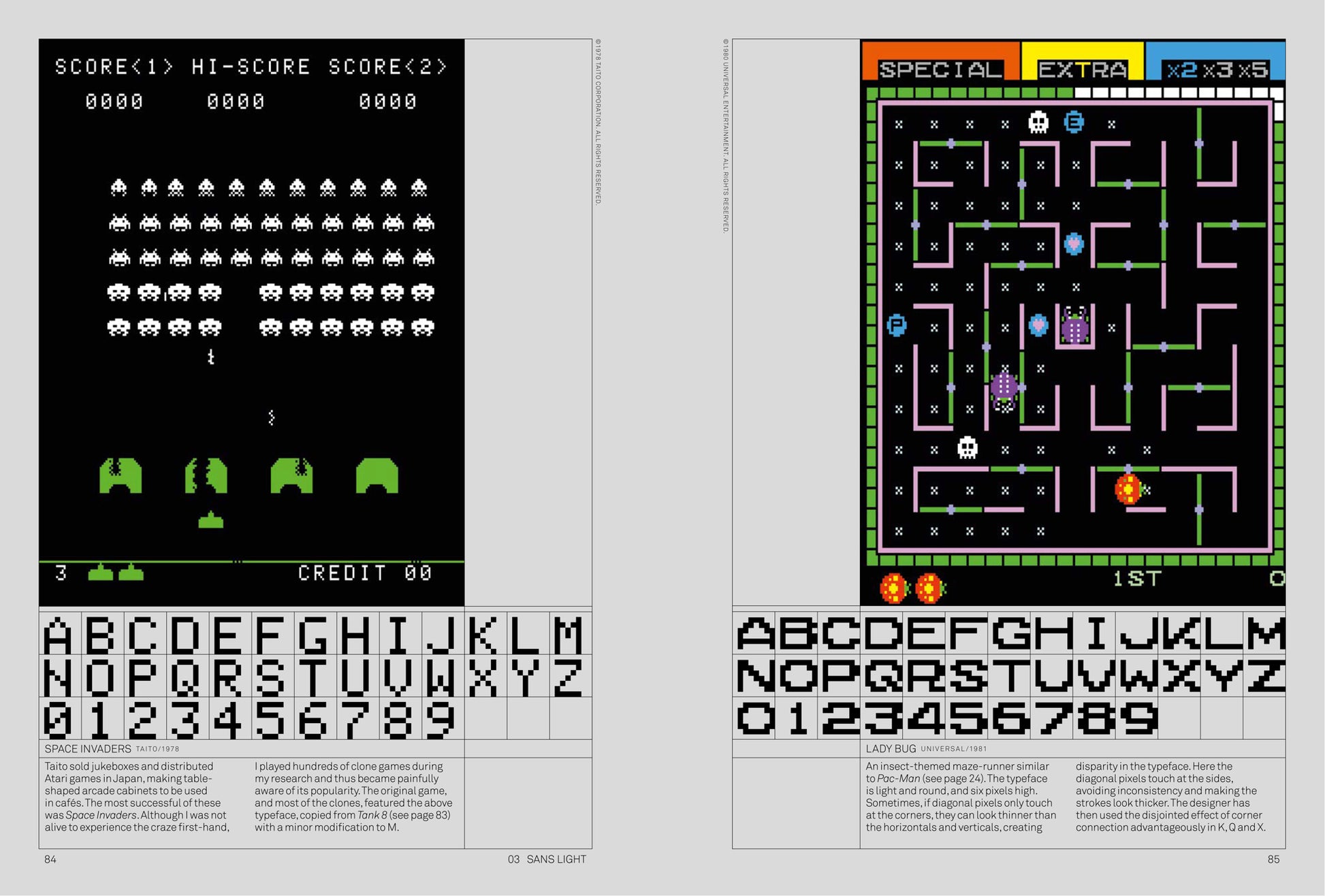

About the Author
Toshi Omagari is a typeface designer at Monotype UK. He studied typography and typeface design at Musashino Art University in Tokyo, graduating in 2008. Arcade Game Typography is his first book. Kiyonori Muroga established his career as editorin-chief of IDEA magazine, a Tokyo-based publication focused on graphic design and typography with a global cult following. Muroga-san left IDEA in 2018 to pursue new ventures in writing and publishing around graphic design.
You May Also Like
View more
This product currently has no recommended items.
Sign up to our Newsletter
Our weekly newsletter is a curated collection of interviews, articles, stunning images and books we think you’ll love. Sign up to get 20% off.
In accordance with our privacy policy, you may unsubscribe at any time.
Invalid password
Enter
- Choosing a selection results in a full page refresh.

